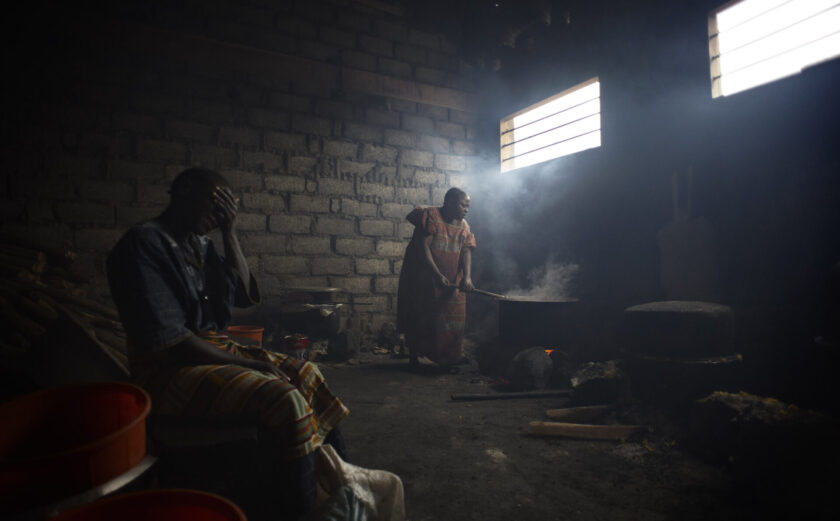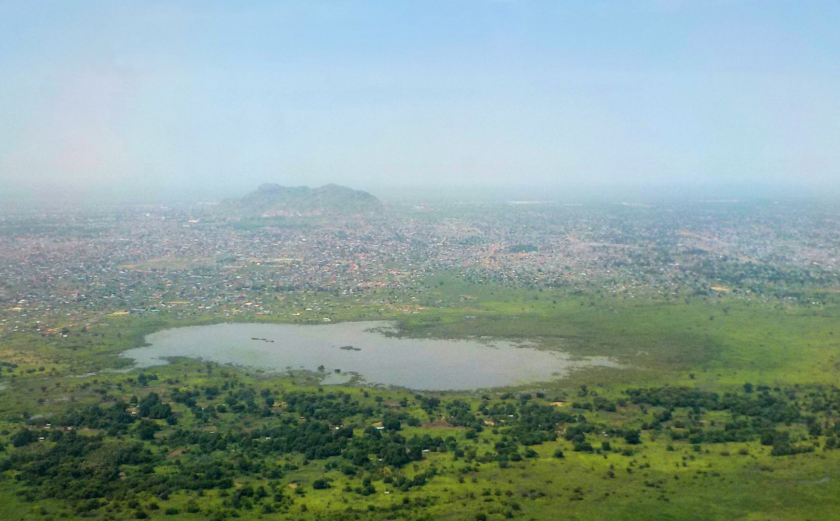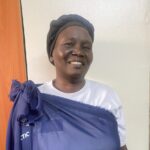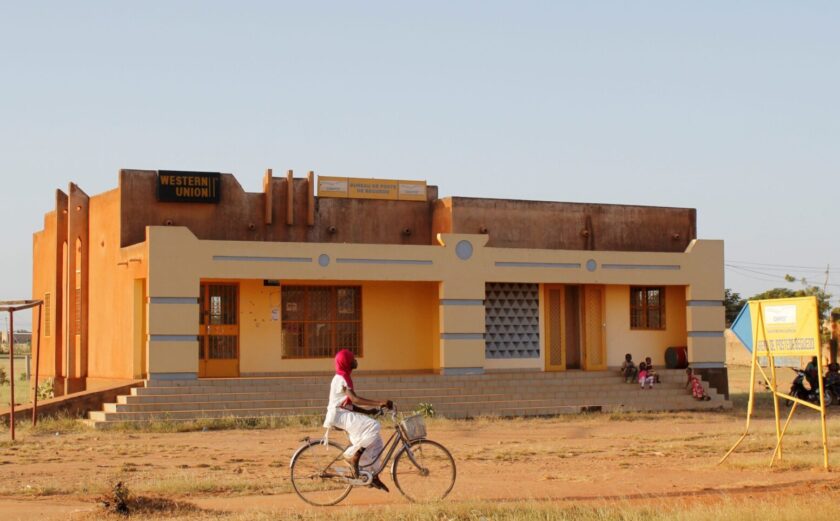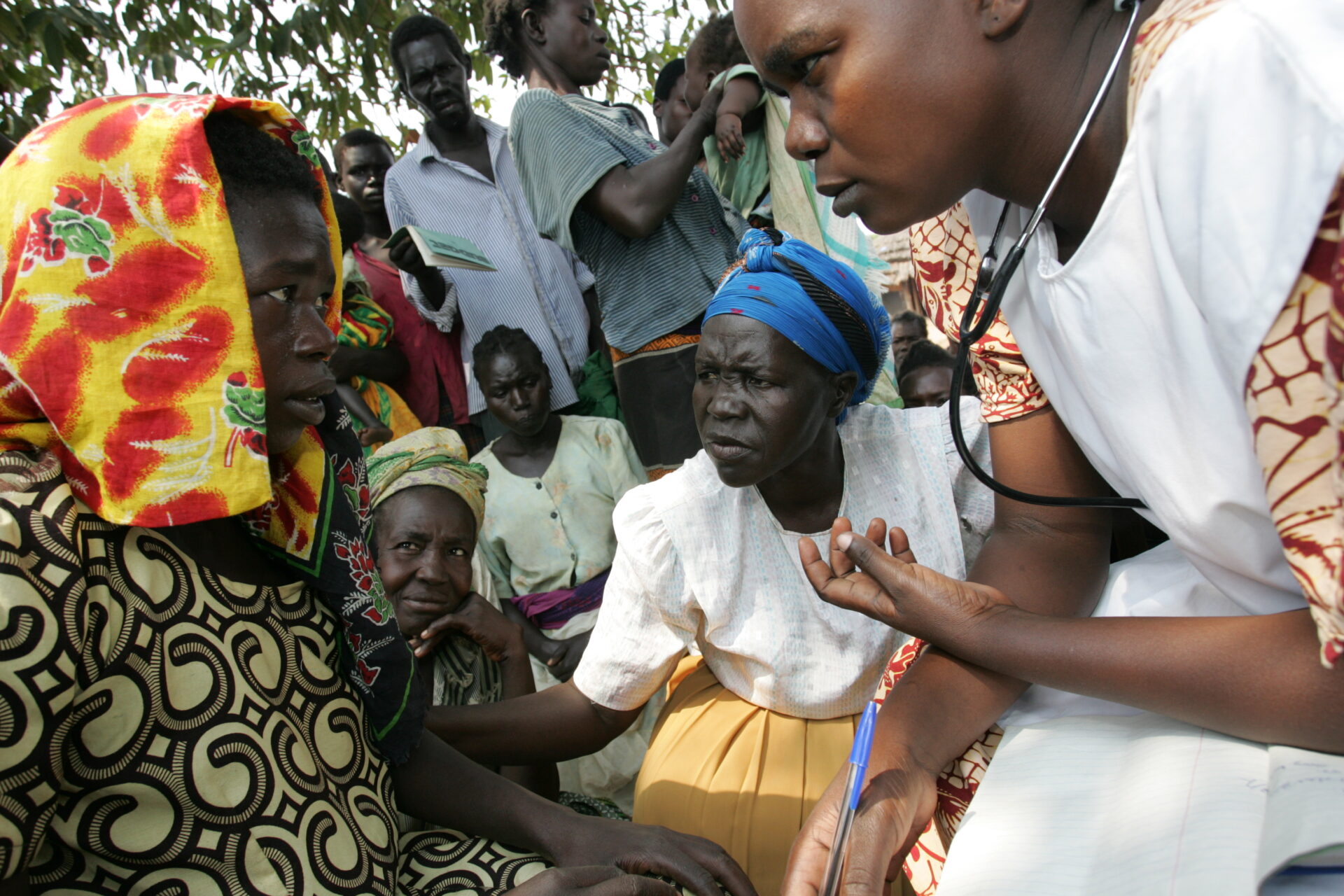
COVID-19 Global Aftershocks
The Secondary Implications of COVID-19 across International Development and Humanitarian Sectors
COVID-19 has now been reported in nearly every country around the globe, including many developing countries with limited capacity to effectively control, treat, and eventually recover from the virus.
While analysis is still being done to better understand the impacts of COVID-19, the United Nations research university estimates that the number of people in poverty around the world could increase by as much as half a billion people, or 8% of the global population. The International Food Policy Research Institute (IFPRI) projects that 140 million people will be pushed into extreme poverty, an increase of 20% from present levels, and though sub-Saharan Africa has not yet been as impacted by COVID-19 as other regions, projections by IFPRI and the World Bank suggest that it will be the region hit hardest in terms of increased extreme poverty. After decades of work and success to decrease global poverty, an increase in the number of people in poverty would be the first global increase in 30 years.
Globally, already strained health systems, fragile food systems, and limited access to clean water and hygiene supplies have left millions vulnerable to COVID-19. Further, existing challenges of poverty, urban density, conflict, and governance challenges will make social distancing more difficult and exacerbate the spread of the virus. In addition to the health crisis, the pandemic will have far-reaching, multifaceted impacts on the world’s poorest and most marginalized communities.
The full linked document highlights some of these impacts across the humanitarian and development sectors, including:
- Agriculture, Food Security, and Nutrition
By the end of 2020, The World Food Program (WFP) estimates that the number of people facing acute hunger will double due to COVID-19 if no additional measures are put in place.
- Basic Education
Every country has implemented nationwide school closures in response to COVID-19, disrupting the education of over 91% of the world’s student population.
- Children and Youth
COVID-19 increases existing vulnerabilities for at-risk children and youth, who may struggle to access food, water, sanitation, and hygiene (WASH) facilities, and safe homes.
- Conflict and Fragility
Before the start of COVID-19, conflict around the world contributed to the largest recorded displacement of civilians worldwide, over 70 million, and the number of armed conflicts worldwide was at a modern-day high.
- Democracy, Rights, and Governance (DRG) and Civil Society
In response to the outbreak of COVID-19, governments have cracked down on press access, freedom to assemble, freedom of speech, and access to information.
- Economic Livelihoods
Full or partial lockdown measures are now affecting around 81% of the world’s workforce—almost 2.7 billion workers.
- The Environment and Climate Change
Research demonstrates a growing link between COVID-19 and ambient air pollution—the dirtier the air, the higher the likelihood of death or serious illness from the coronavirus.
- Gender Equality and Empowerment
Impacts on gender and marginalized groups are unique and disproportionate. For example, with so many people quarantined at home, domestic violence is increasing, leading the U.N. Secretary General to call for a global domestic violence “ceasefire.”
- Global Health
COVID-19 has shown how quickly illnesses can overwhelm health care systems and hinder the ability for people to receive care. Global health leaders are worried that in Africa, the significant progress made to end HIV, T.B., and malaria epidemics will regress, and decreased mortality and infection rates will reverse.
- Humanitarian Action
COVID-19 magnifies the dangers for the nearly 168 million vulnerable people around the world in need of humanitarian assistance and protection. COVID-19 has restricted movement of populations, humanitarian response agencies, personnel, and goods within and into countries already affected by crisis and conflict.
- Water, Sanitation, and Hygiene (WASH)
Handwashing is a proven way to prevent the spread of COVID-19, and it is the only line of defense in some less developed countries. Yet, globally, 42% of health care facilities have no hand hygiene at points of care, only 55% of health care facilities have access to basic water services, and only 53% of schools have basic hygiene facilities with soap and water.
This report has been updated since its original publication on May 1, 2020.


